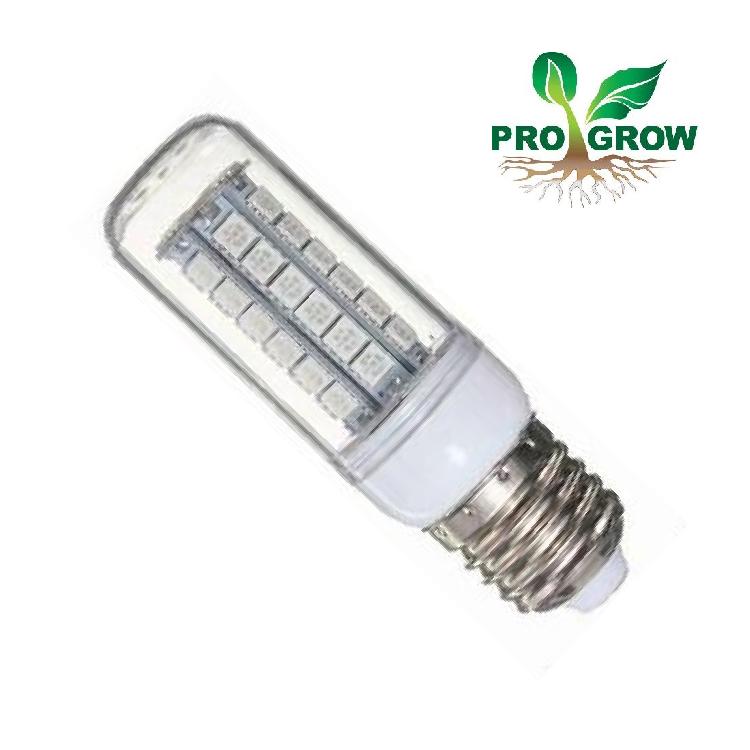Gardeners primarily use Green LED Bulb to water, navigate the grow room, or inspect plants during the dark cycle. Because the green lights do not interrupt the plant's "night" period. Green light mimics moonlight, so even if a plant is aware of the light, it does not trigger photosynthesis or photoperiod hormones.
Do not disturb your plants light cycle. Green LED Bulb for dark cycle grow room viewing
LET’S BE CLEAR: GREEN LIGHT IS USEFUL
TO PLANTS
By definition, the waveband for photosynthetically active radiation (PAR) is 400 to 700 nm. In the middle of this waveband is green light, which has a wavelength between 500 and 600 nm. If one-third of PAR was not useful in photosynthesis, why would green light be included in the definition? The main reason why green light is purportedly not useful to plants is because it is poorly absorbed by chlorophyll. However, absorption of chlorophyll is usually measured using extracted and purified chlorophyll, in a test tube (in vitro), and not using an intact leaf (in vivo).
Another explanation commonly used to support the green light myth is that plants reflect green light, which is why they appear green. While that’s true, it is usually exaggerated. When light strikes a leaf surface, it can be absorbed (and potentially used for photosynthesis), reflected off the leaf, or transmitted through the leaf. Most plants appear green because their leaves reflect more green light than red or blue light. However, most (e.g., 85%) green light is absorbed, and only small
percentages of green light are reflected or transmitted. The green light that is not absorbed is not lost; it can be reflected to other nearby leaves or transmitted to leaves below.


